Wilderness: The True Story of Simon Girty (1992) by Timothy Truman.
Ye gods! Another Truman book!
This seems to have a convoluted publishing history. This was apparently first self-published by Truman (under the 4Winds moniker) in 1989 in two volumes. Eclipse then allegedly published a collection edition in September 1992… but I can’t find any evidence that that actually happened. Eclipse had a tendency to announce that they would publish something, and even sell it via mail order, long before they actually did, and sometimes they dropped it silently from their schedule.
So comics.org and Amazon both claim that Eclipse did publish it, but neither include any pictures of the book, and the one seller on Amazon wants $1K for it. So perhaps it never existed.
The edition I have is from 1998 and is from ACG Books, which looks pretty much like a semi-facsimile edition: It has a lot of ads for other Eclipse comics in the back, but there are no Eclipse logos anywhere. So somebody has been using whiteout.
Aaaanyway! This is yet another one of Truman’s book about the late 1700s in the Trans-Allegheny region. He’d cover this from a different angle in Straight up to See the Sky, but this centres on one person only: Simon Girty, who was (is?) apparently a controversial figure. Jack Jackson, appropriately enough, since he’s done several historical comics, provides the introduction.
This book is very much a polemic, but Truman is arguing against things I’ve never heard about… because I know nothing about this part of history. But I can well believe that the common American take on a guy who went to fight for the British and the Native Americans as being, er, somewhat adversarial.
Truman explains his approach in this book: He quotes extensively from letters written at the time, and synthesises from wildly different accounts what he believes must have happened. And, also, that he’s done so much research, dude.
And the book gets underway in a very promising way. Truman would adapt Tecumseh! a year or two later (which touches on many of the same themes again), but the artwork there was rather uninspired.
But this book is obviously a passion project for Truman, and he doesn’t stint on his artwork.
And if only the entire book was like this: Moody, deadly serious, panoramic, intense, REMEMBER TO LOOK IN THE THESAURUS FOR SEVEN MORE OF THESE WORDS.
It’s not perfect. I mean, Truman has never really mastered the challenging, er, challenge of drawing children. He basically draws an adult head, but fatter and with fewer lines.
And Truman concentrates so hard on bringing mood that he doesn’t always focus on telling the story.
And sometimes he goes *so* *hard* in for *intensity* that we’re off to self parody town. I could help snickering a bit over that page. It’s just too… much.
But, I mean, nicely draw, man. Love Truman’s dirty, smudged line.
Well, that’s all very well and good, but once we get a bit further into the book, things get more complicated and Truman really lays the verbiage on. He also has sudden insights into Girty’s thoughts, and Girty’s thoughts are, strangely enough, as portentous as Truman’s captions: He’s “fascinated by the subtleties of their words and movements”. Sure!
“Girty felt useful, he felt needed.”
Girty participated in so many battles and wars, and it seems like we get a presentation of… way too many people in each of these. While this book started off well, the latter half of the first part is basically like reading an illustrated recap of too many history books. We also get captions that are thinly veiled critiques of… something?… that I’m not quite aware of what they other people say happened. It’s frustrating reading a polemic when you don’t know what the other side says.
The second original volume looks and reads somewhat differently again. Truman has suddenly discovered zip-a-tone (or something) and swathes all the pages in it. I mean, it looks great, but it’s weird shifting art styles like that. The lettering is also bigger, which made me wonder whether Truman had also started drawing in a smaller format, but I… don’t think so? Things look muddier here than in the first part, so, if anything, it looks even more reduced.
Nice parallel!
Much of the second part is unfortunately anecdotes like that. Girty’s story doesn’t have much of an arc after a while, but I guess life’s like that. But we get a lot of these things that don’t really make that much sense and aren’t that interesting. I’m guessing that a lot of stories about Girty exists, and Truman just wanted to put them all in and put his own slant on them to explain how they make sense after all.
In the afterword we get to know what happened to all the people…
… and a list of all the people Girty saved from being tortured to death by the Native Americans…
… and a very long bibliography.
I felt rather impatient reading parts of this book, but you can’t deny Truman’s passion for the subject, which can sometimes be infectious.
Here’s Truman in an interview:
The more research I did, the more I saw how unfairly he’d been treated by American history. So I became determined to tell a more truthful history about the man. As a result of the work I did, many other people began reexamining his reputation and his place in history. His relatives in Canada and the U.S.A. even made me an honorary “cousin.” So I’m very proud of the Wilderness graphic novels, to say the least.
Hm… I can’t find any real reviews of this, but here’s one from Amazon:
Nevertheless his artwork is good and I believe the history was sound. Nevertheless I was left with the impression that the story was not only choppy, it was incomplete. Perhaps the book was, in fact, geared toward younger readers and some of the more graphic incidents–incidents of torture and mutilations that Girty may have participated in–are largely skimmed over. Then again, the author may simply be meticulous in his interpretation of history and doesn’t want to speculate on things in which there are no living witnesses.
And another:
Like Truman’s “Straight Up To See The Sky” I have searched for a copy of this book for aprox 17 yrs! Also like the afore mentioned title I came just short of giving it a 5-star rating. The reason why I could not is, also like the other title, there is the episode with Joseph Brant where Brant supposedly sinks to his knees and begs Girty’s forgiveness for a past confrontation. I have long studied the life of Joseph Brant, and I even reenact with the recreated Brant’s Volunteers (so I might be a wee bit biased), basing my persona on of all people Simon Girty(!!), but in all that time I have not found one eyewitness report that validates this episode, nor have I seen it in the character of Brant. In fact the opposite is true. Brant even refused to bow to George III when he visited England in 1776.
Having said that however, I would indeed recommend this book to anyone interested in Simon Girty or the frontier of the 18th century.
So there you go. This book is unfair to Joseph Brant! He slashed Girty’s face in a drunken stupor, but he would never apologise for it.

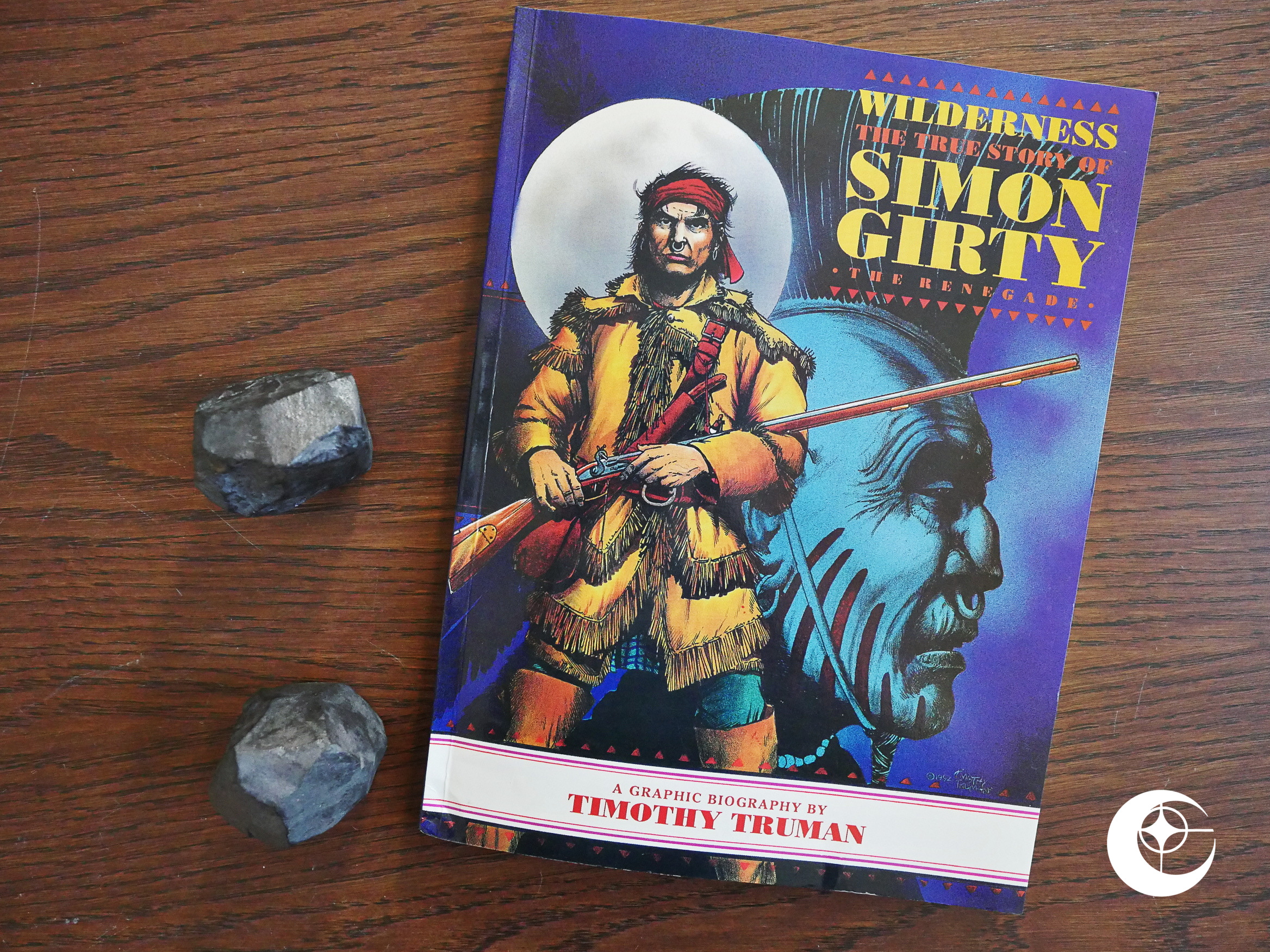
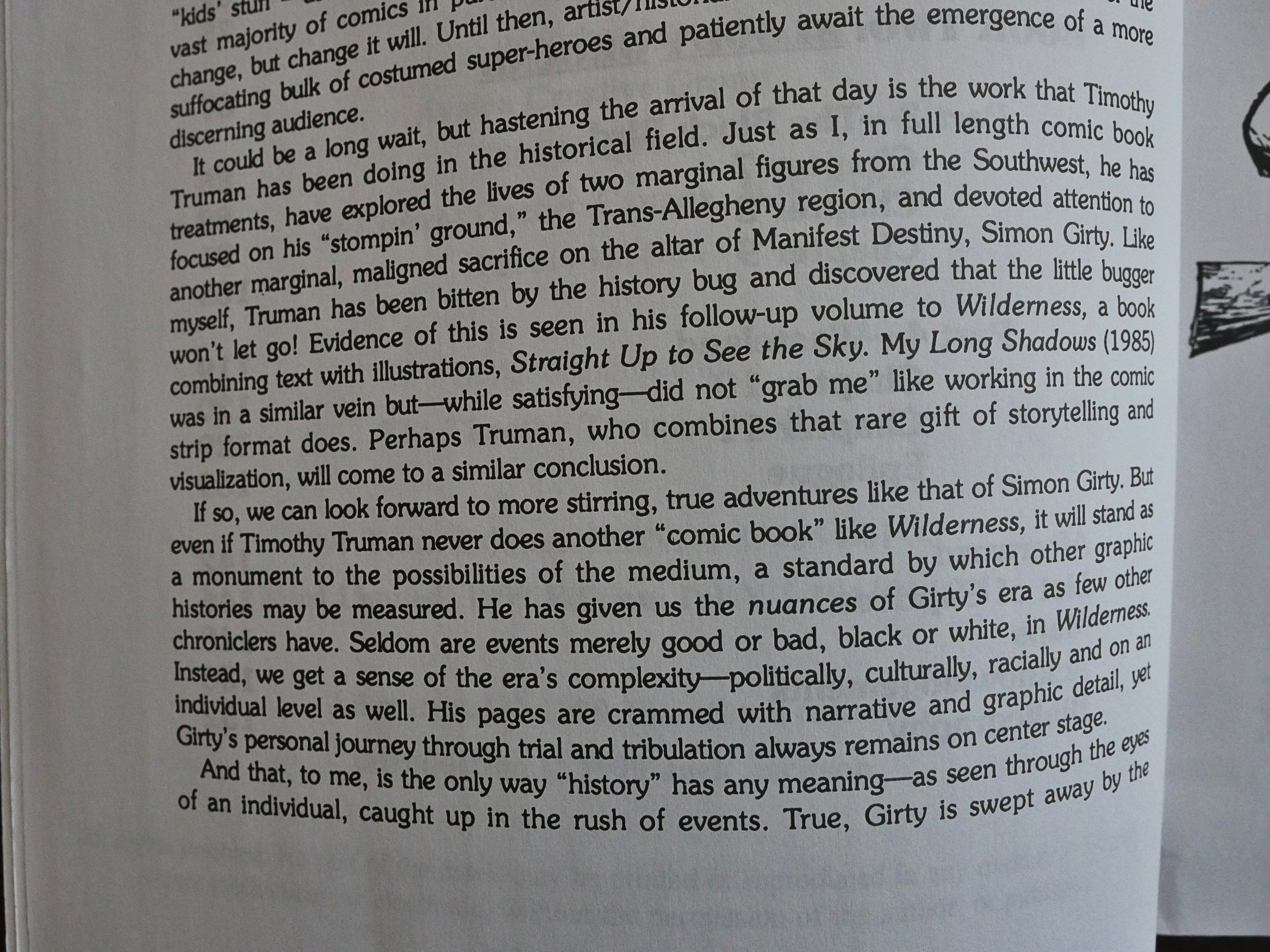
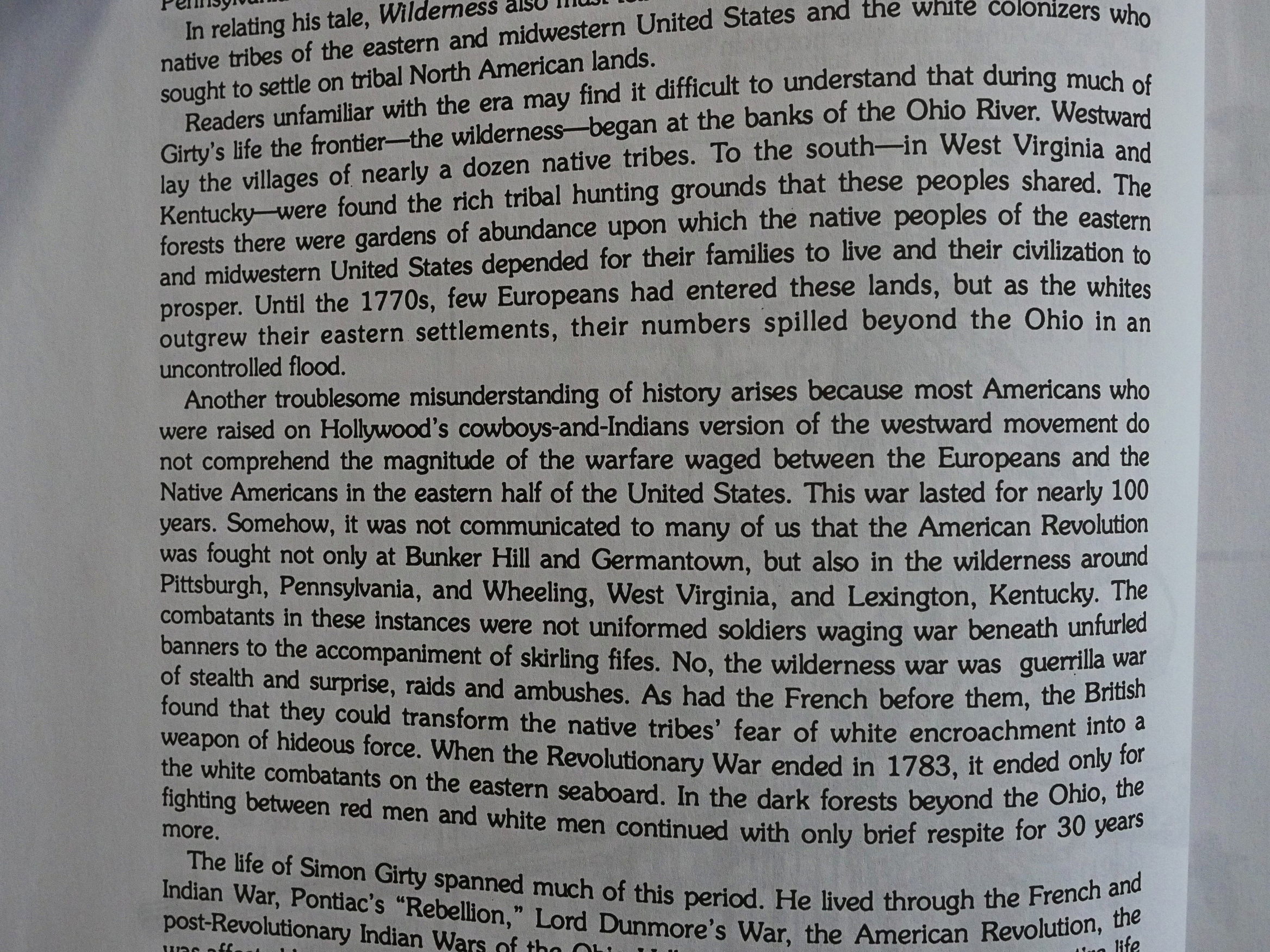
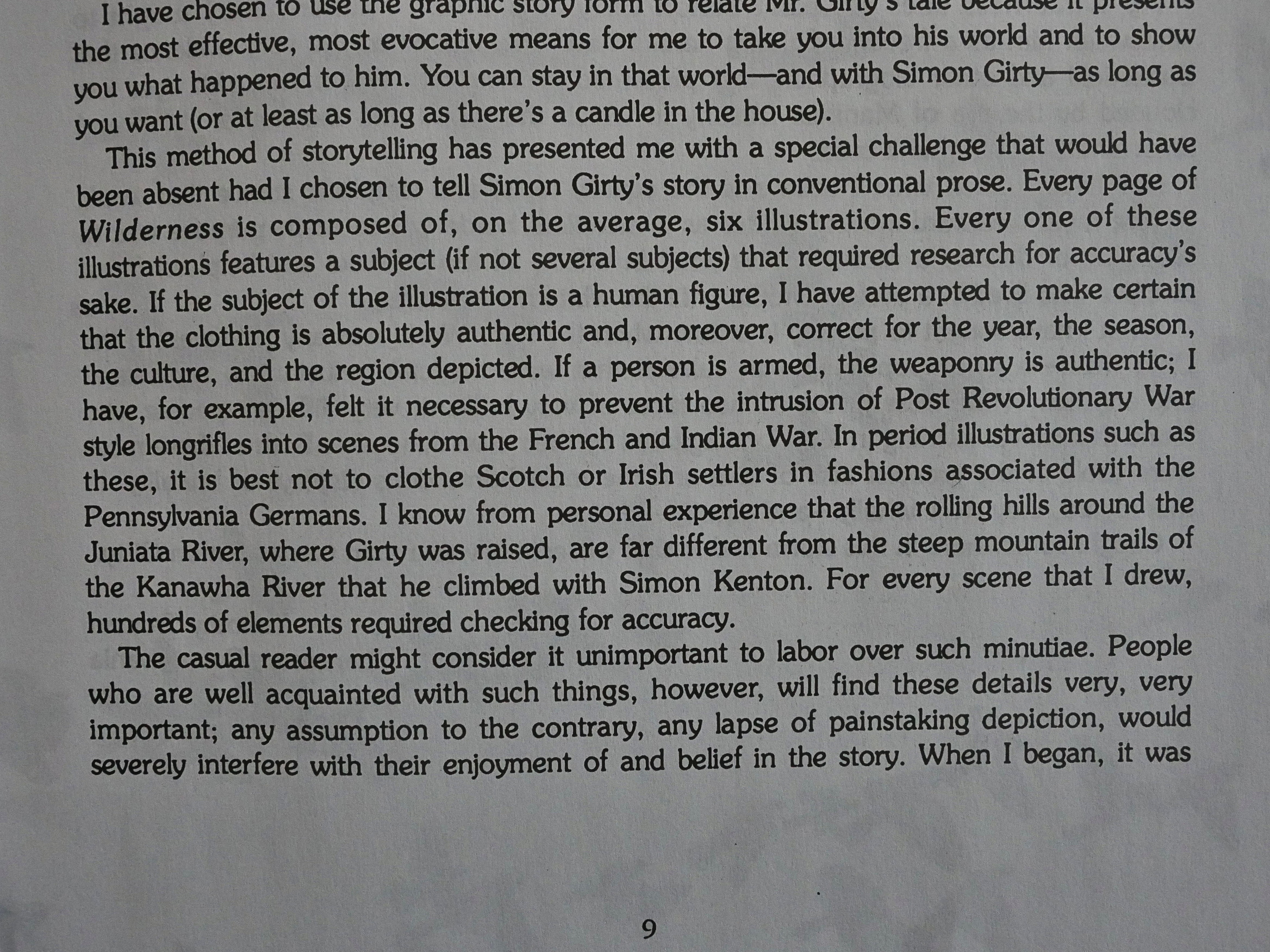
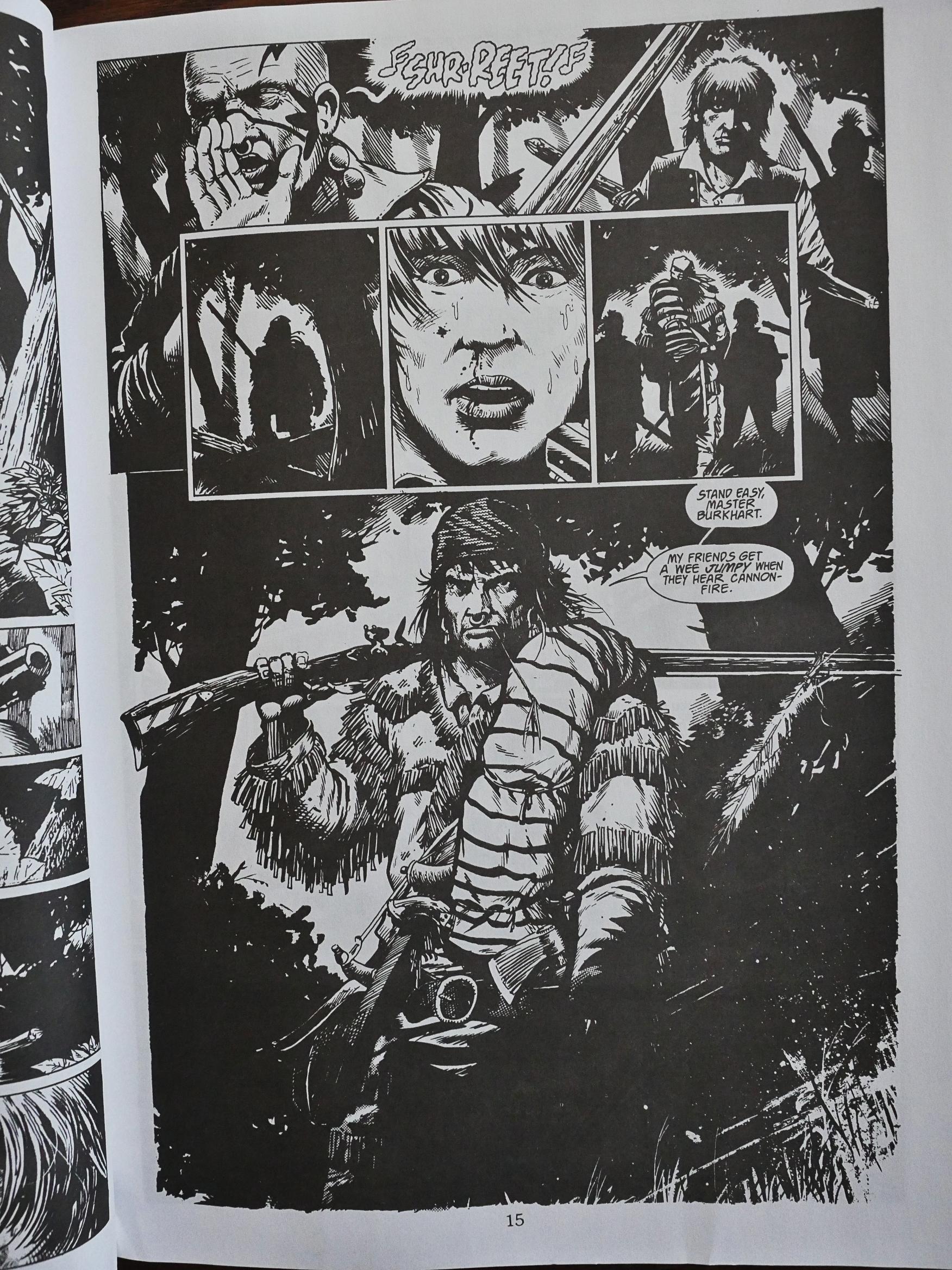

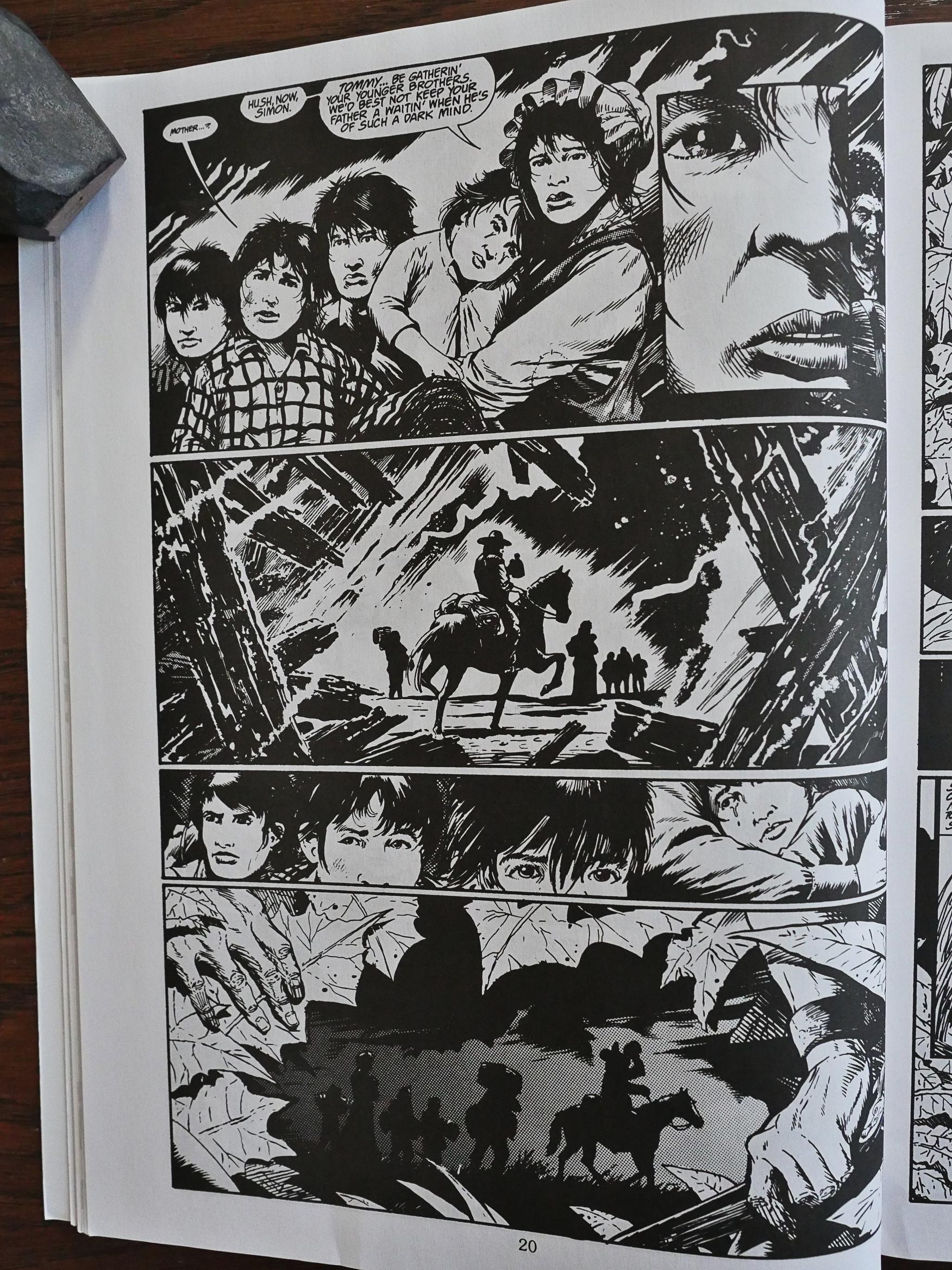
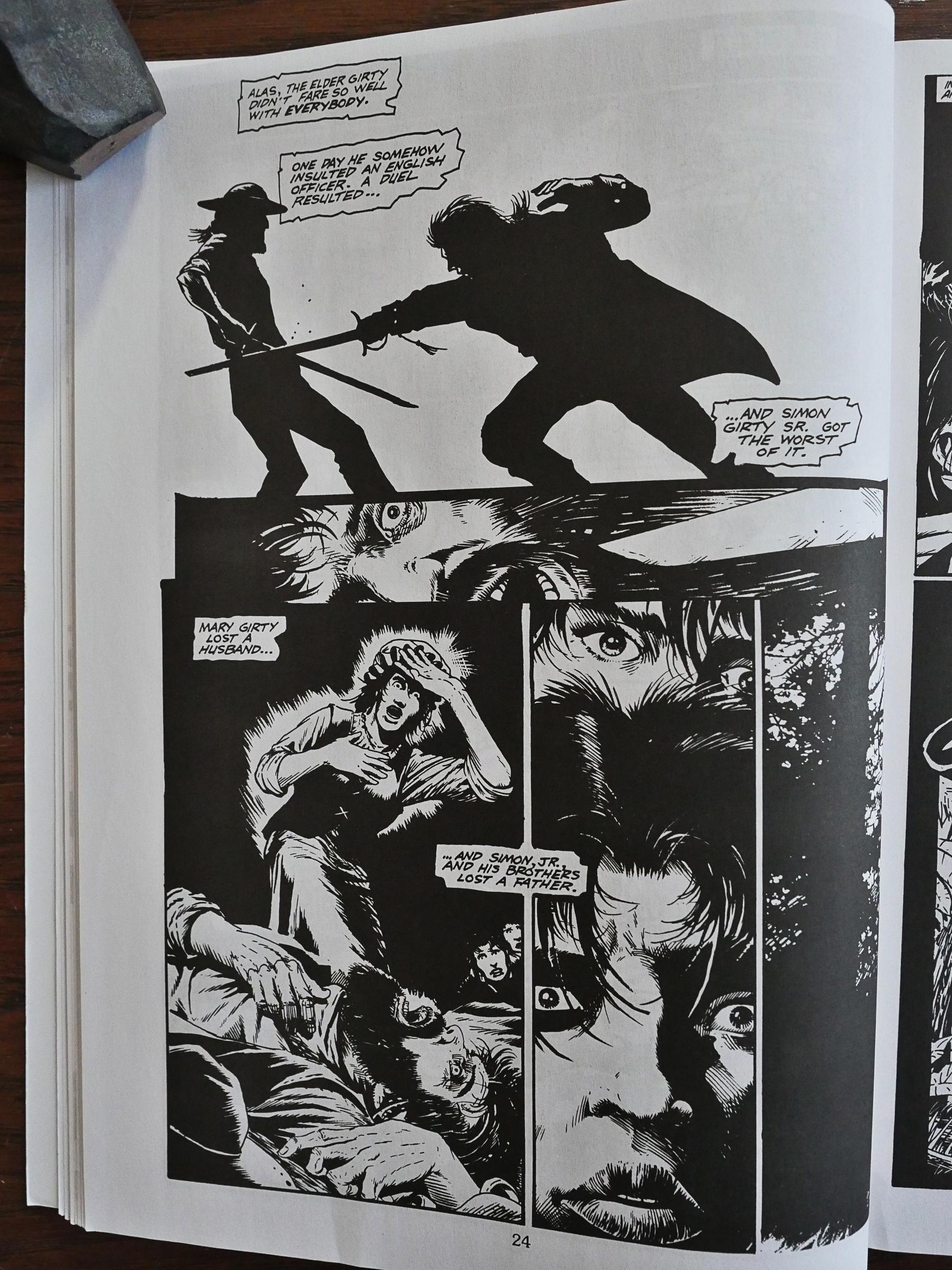
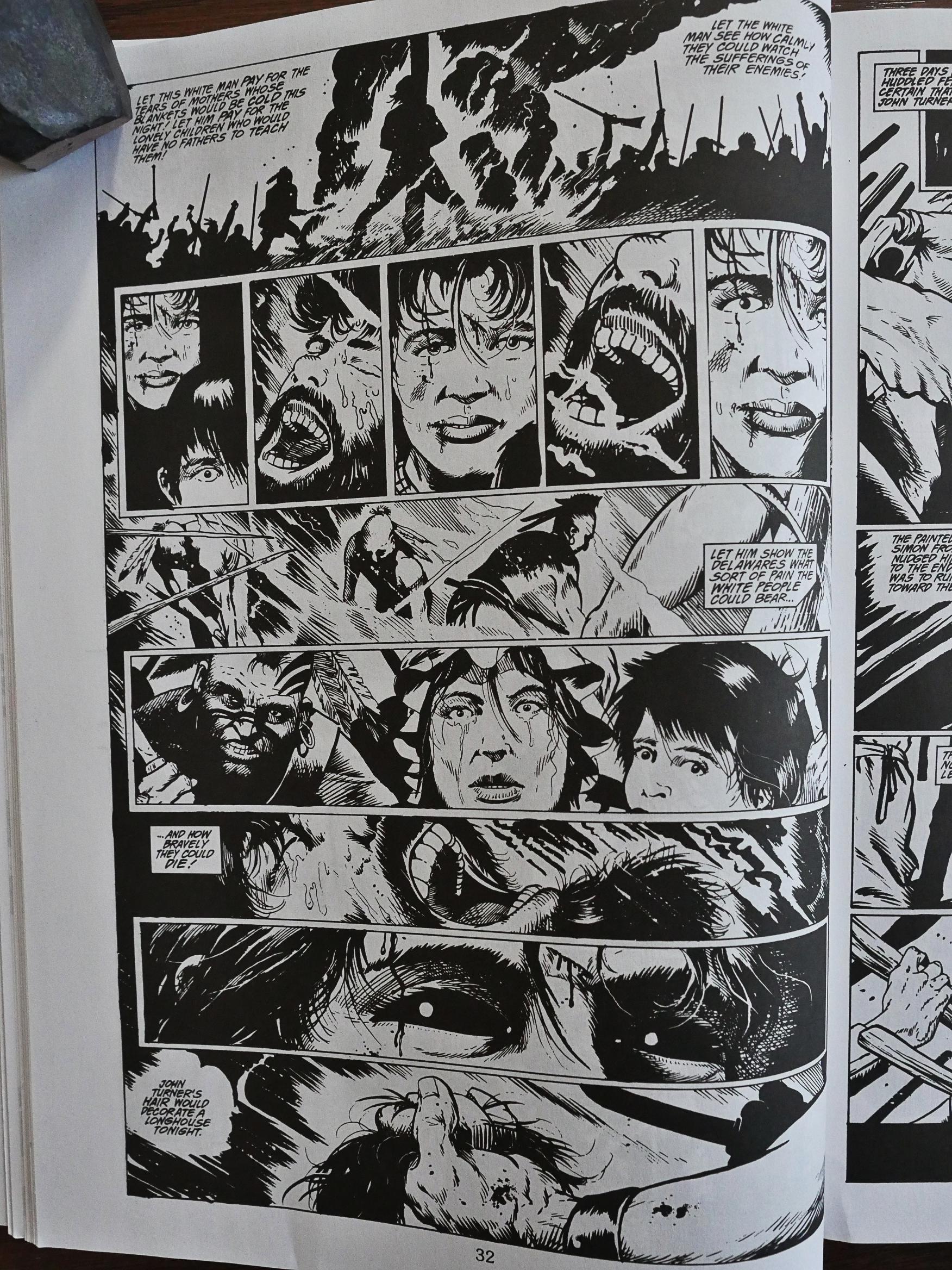
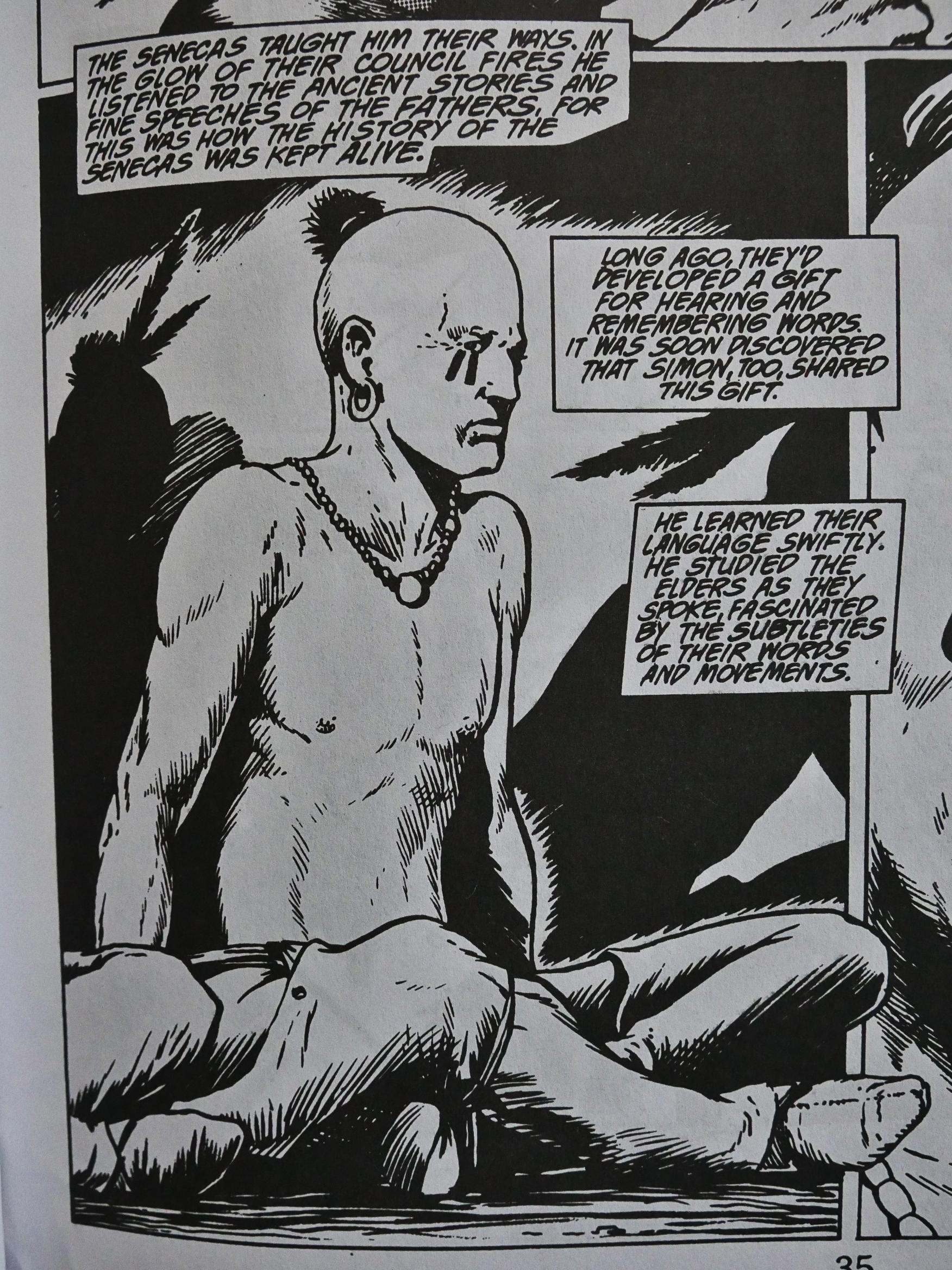
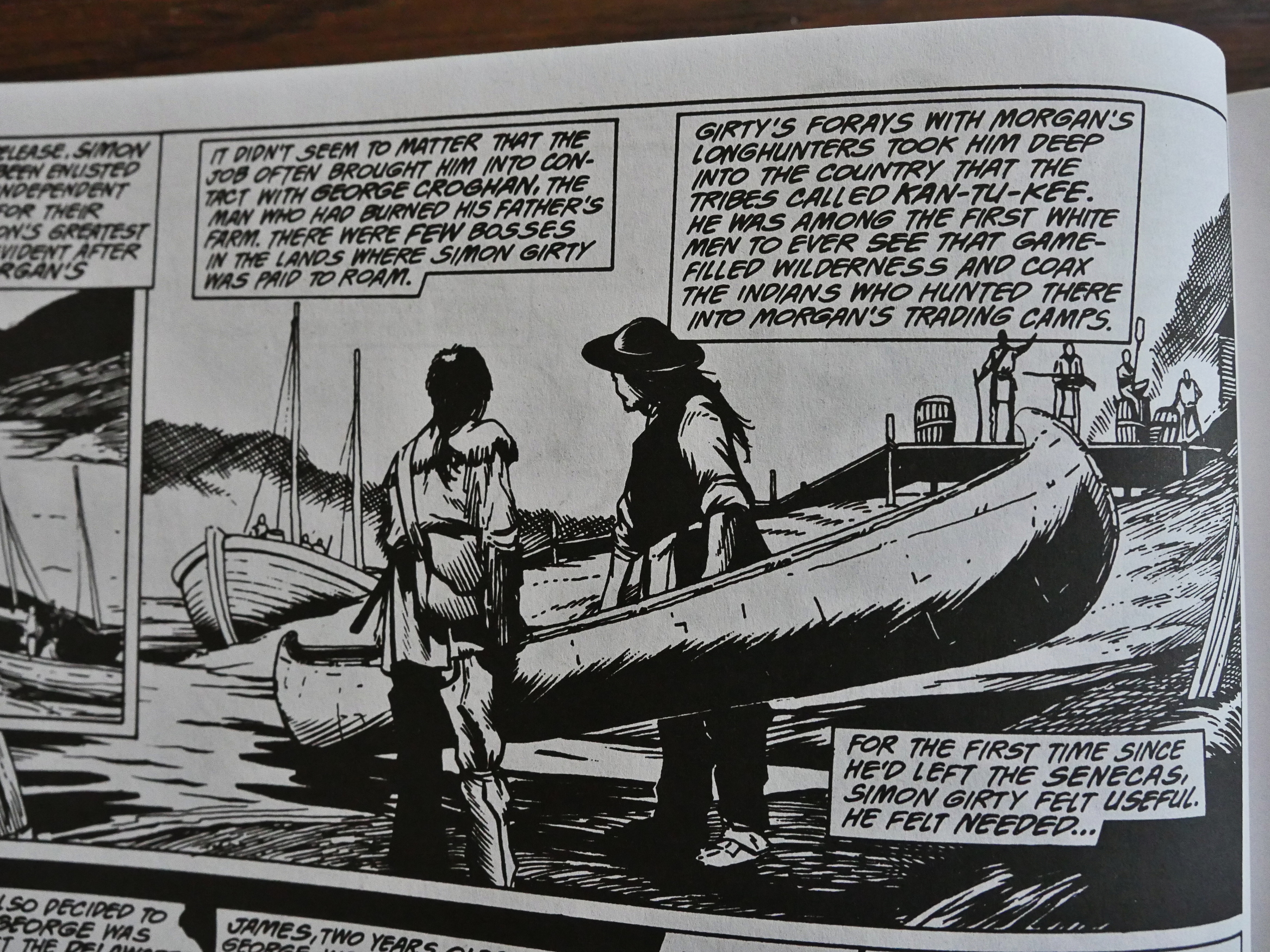
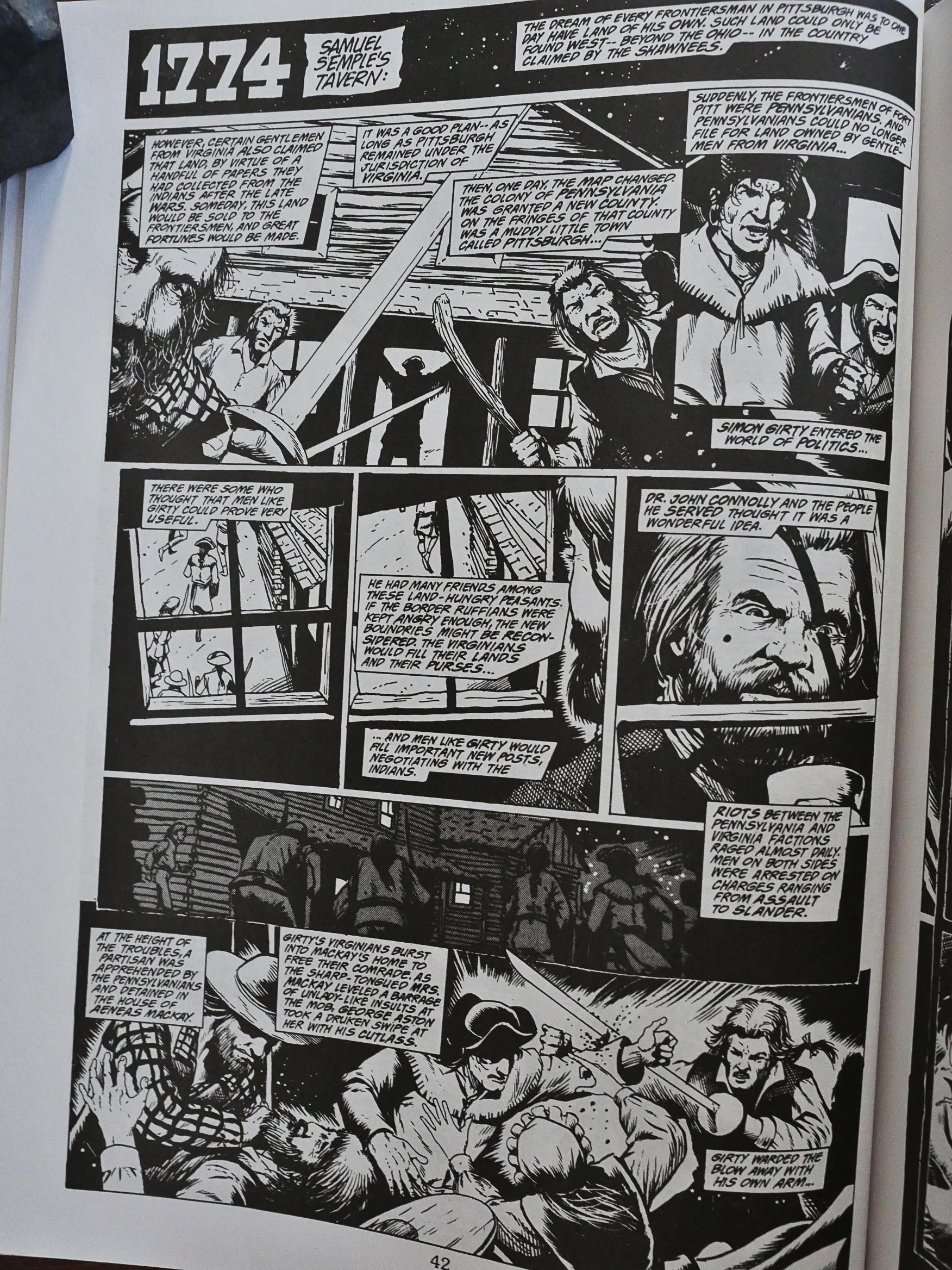
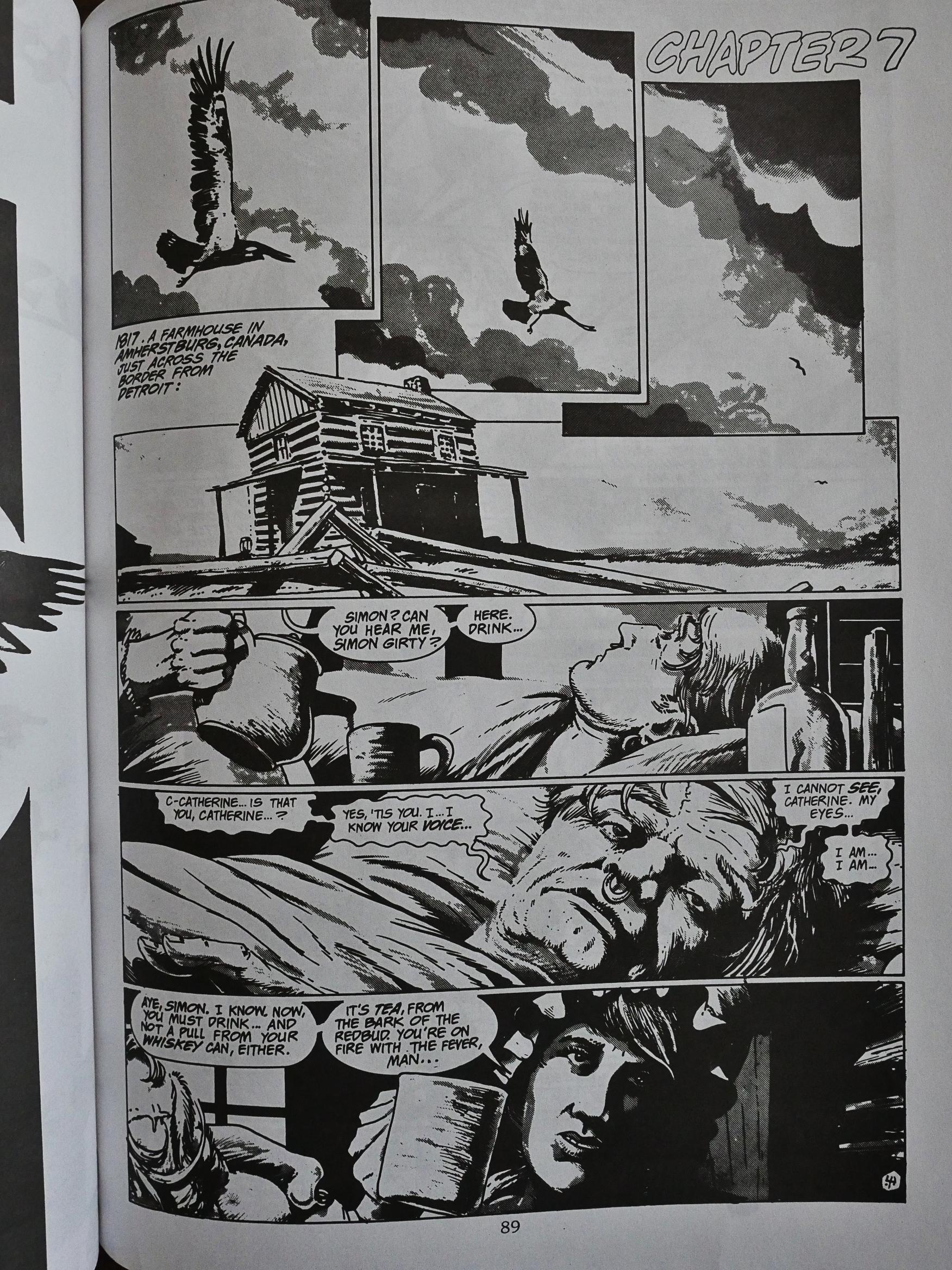
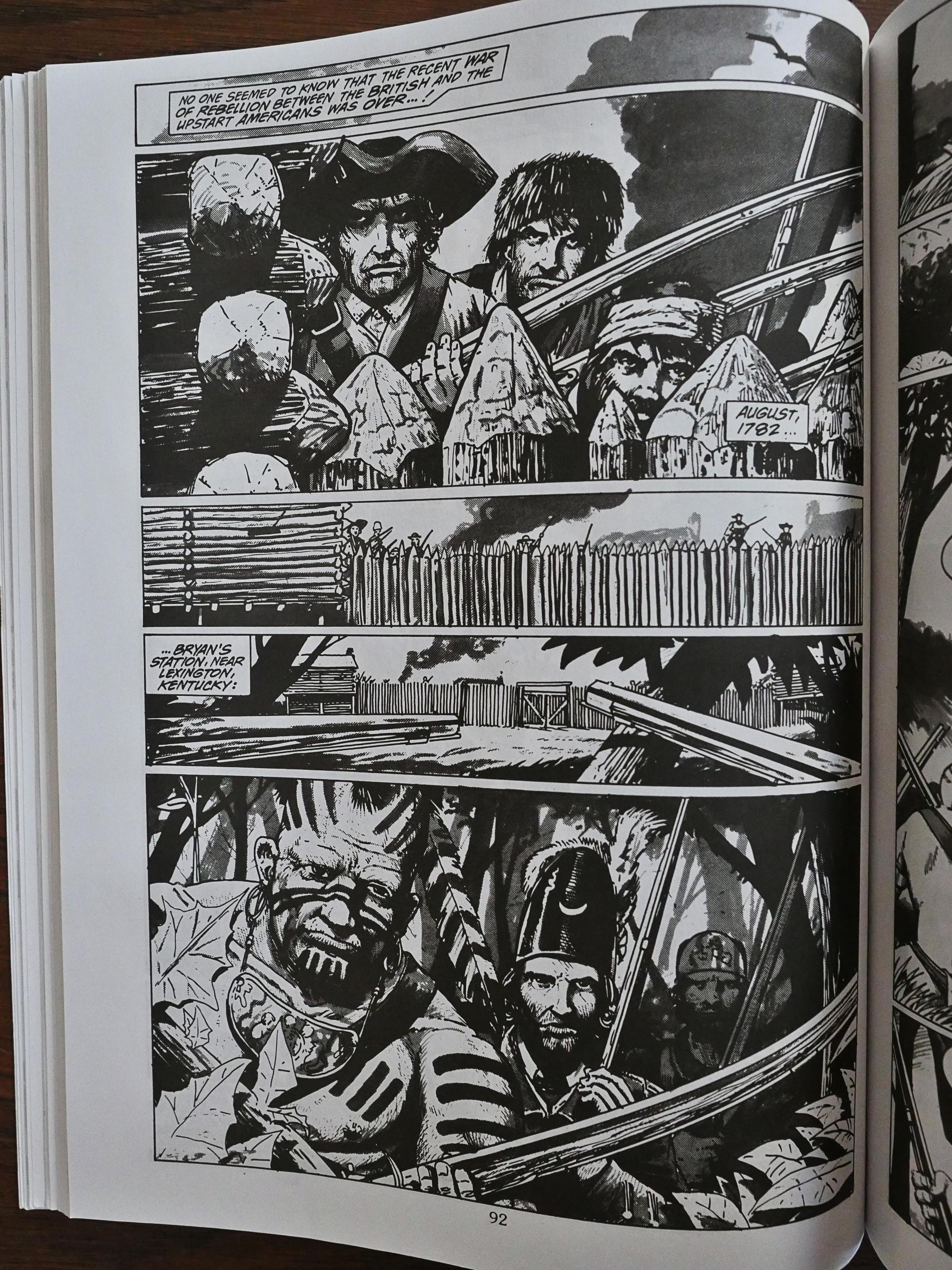
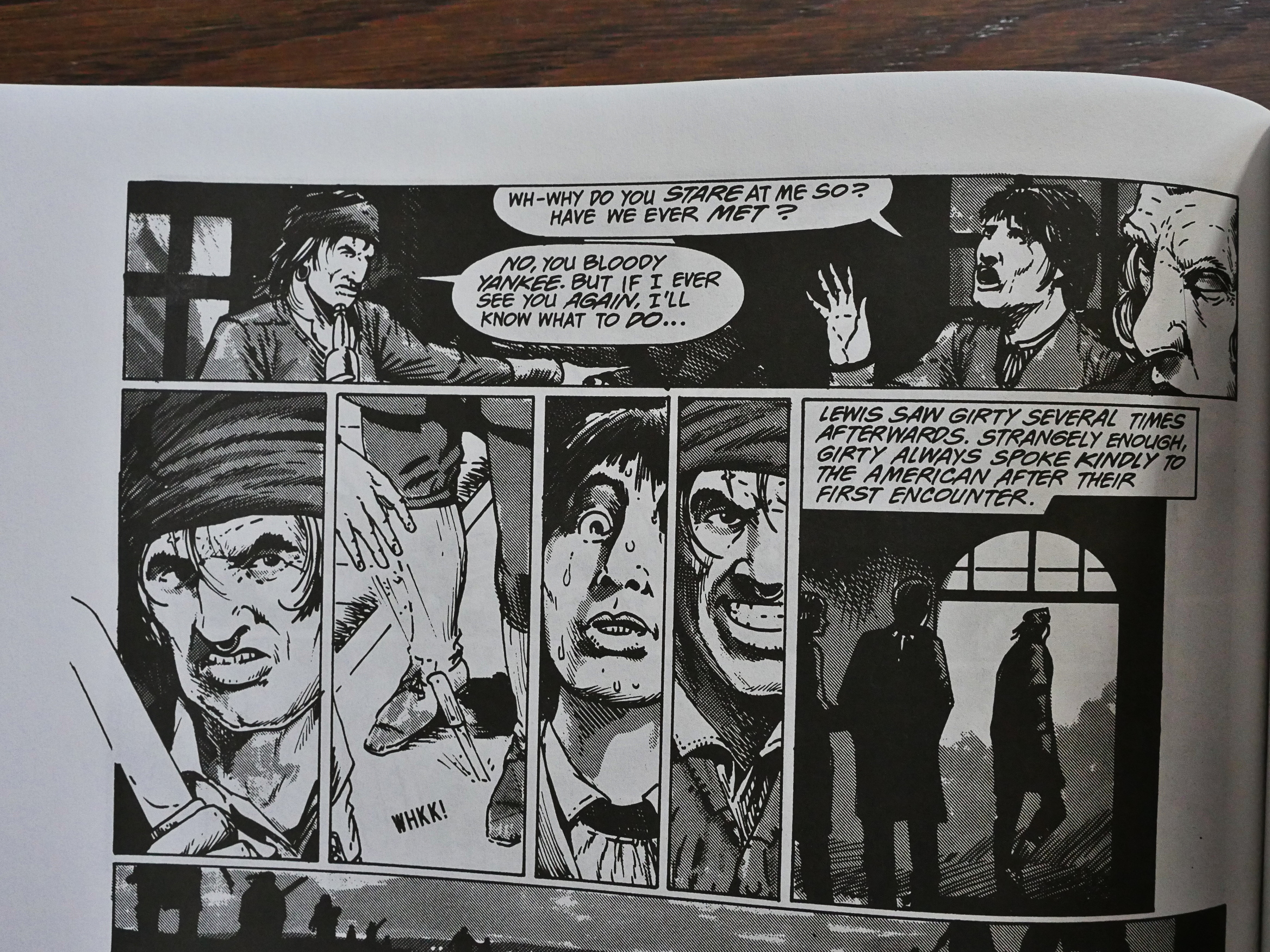
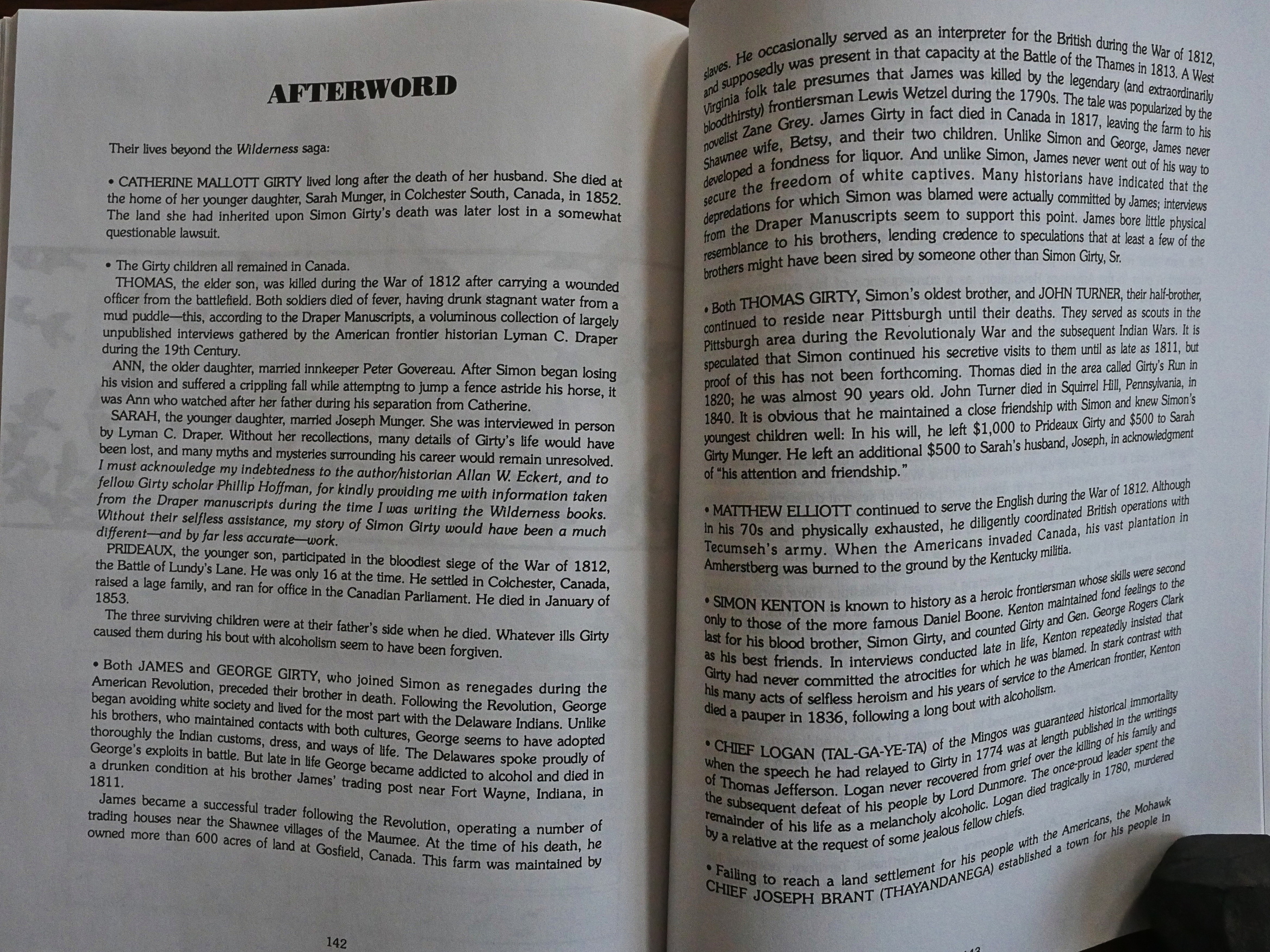
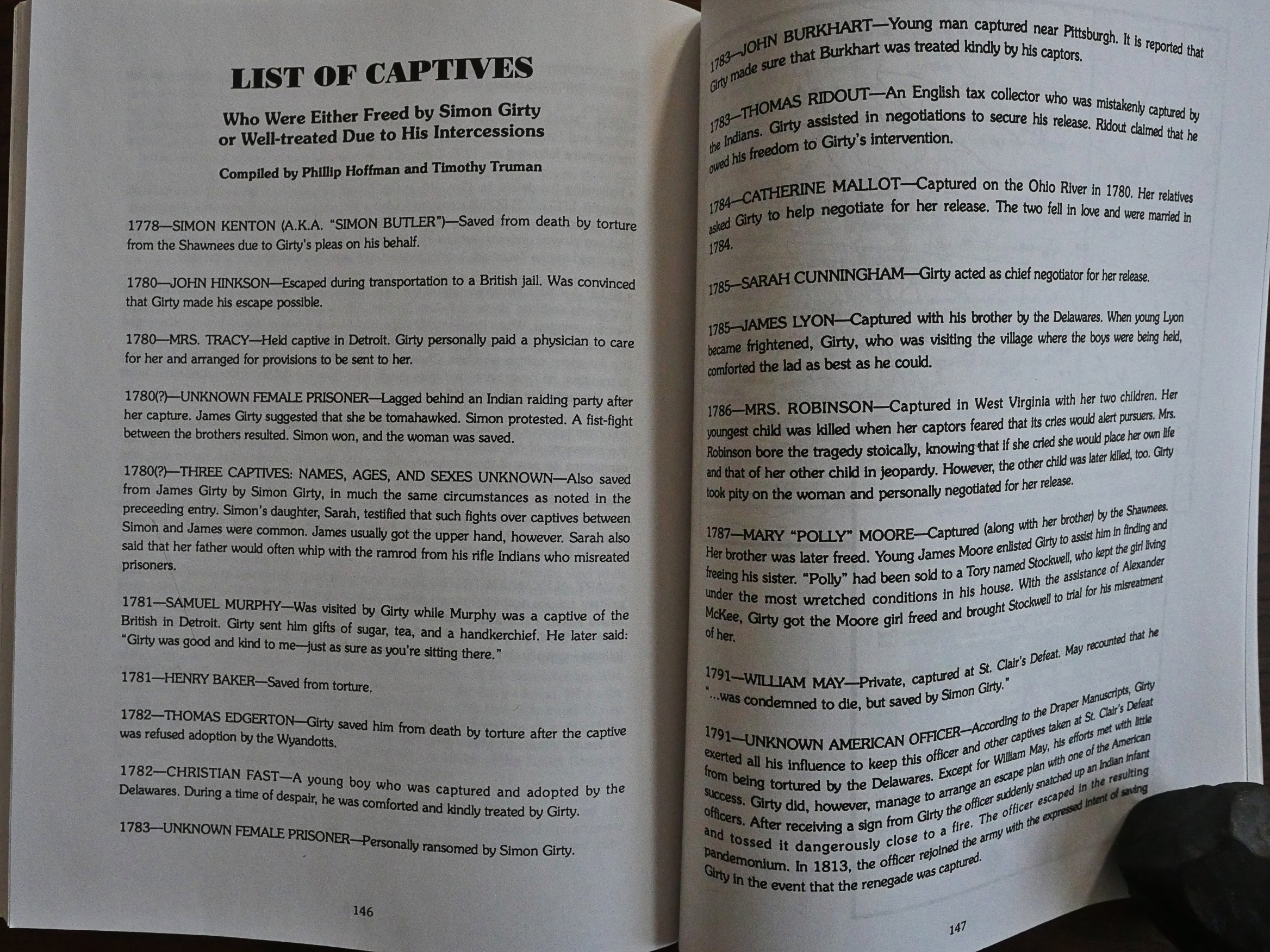
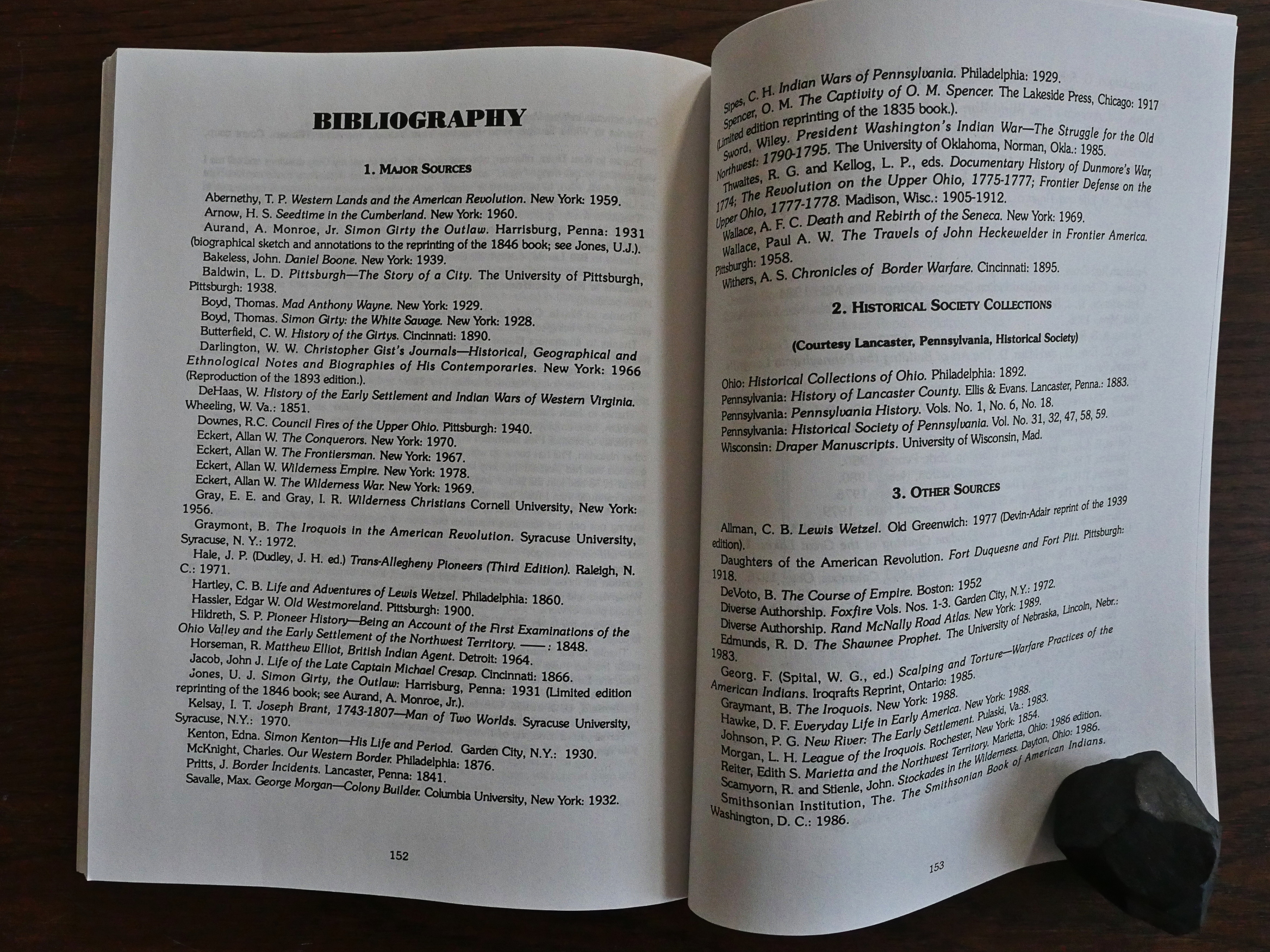
Re: the existence of an Eclipse edition, here’s an old eBay auction archive with photos of it:
https://www.worthpoint.com/worthopedia/timothy-truman-wilderness-true-story-2017322077